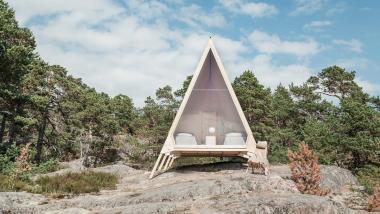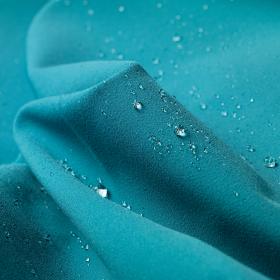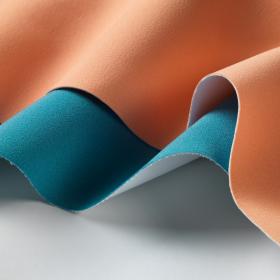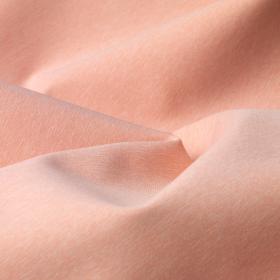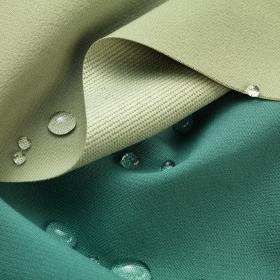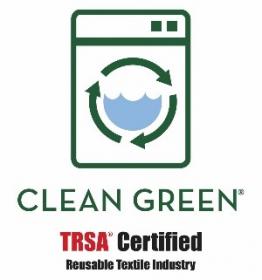Minimal footprint cabin designed in Finland
Built on an island right off the Finnish capital Helsinki, the Nolla cabin represents an ecological alternative to cabin life.
This summer, living with minimal emissions will be put to the test. Neste is building a prototype of a cabin that has a minimal environmental impact in terms of both carbon dioxide emissions and concrete impact on nature. The Nolla (= zero) cabin, designed by Finnish designer Robin Falck, is located just outside Helsinki city center, on the Vallisaari island. The cabin has been built from sustainable materials and is designed for a simple lifestyle with minimal to no emissions, taking into account the surrounding nature in every respect.
Located on the idyllic island of Vallisaari in the Helsinki archipelago, the Nolla cabin encourages people to consider how modern solutions and innovations could enable sustainable cabin living. Vallisaari has been in a natural state for decades and is thus the perfect location for an urban cabin experience, located at a 20-minute boat ride away from the Helsinki market square. The ecological and mobile Nolla cabin will be in Vallisaari until the end of September, demonstrating a lifestyle that generates minimal to no emissions.
Placing the compact and mobile cabin on its private lot does not require a construction permit
and it has been designed to use building materials as effectively as possible. The cabin is the size of a small bedroom and can be assembled and transported without heavy machinery, leaving its environment nearly untouched. The Nolla cabin has been designed by Finnish designer Robin Falck, whose earlier design, Nido cabin, has been globally acknowledged.
The Nolla cabin introduces solutions, which enable minimizing cabin life emissions remarkably. The energy supply of the cabin is entirely renewable; electricity is generated by solar panels, whilst the Wallas stove, reserved for cooking and heating, runs entirely on Neste MY Renewable Diesel, made 100% from waste and residue. The Aava Lines raft operating between Helsinki city centre and Vallisaari will also run on Neste MY Renewable diesel that can reduce greenhouse gas emissions by up to 90%.
“With the Nolla cabin, we want to offer visitors the possibility to experience modern cabin life in the realm of nature, with minimal emissions. An ecological lifestyle does not only require giving up unsustainable commodities, but also discovering modern, sustainable solutions that can be used instead. This has been an essential part of the design process”, says Falck.
“Finns are known for spending time at their beloved summer houses. We wanted to explore sustainable solutions that could enable cabin life with minimal emissions. Shared and circular economy, as well as new technologies and innovations have made it possible to enjoy our cabins without harming or burdening the environment. Some of the solutions that have been used at the Nolla cabin are perfectly adaptable at any cabin”, says Sirpa Tuomi, Marketing Director at Neste.
The Nolla cabin is executed in collaboration with Fortum, Wallas and Stockmann and is part of the Journey to Zero project by Neste, which explores new ideas and aims to steer the world towards a cleaner future with fewer emissions.
Nolla cabin
Neste


